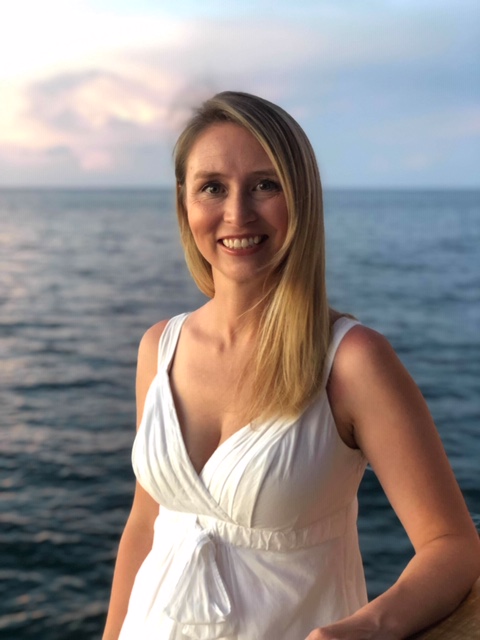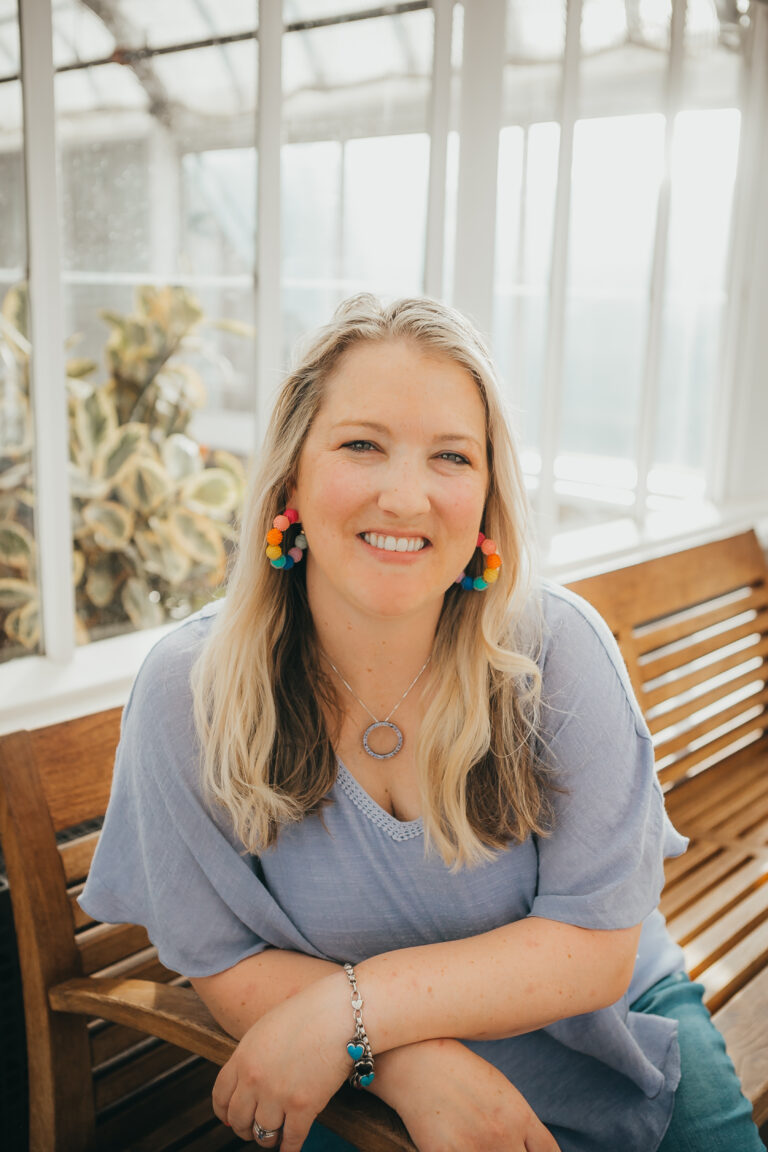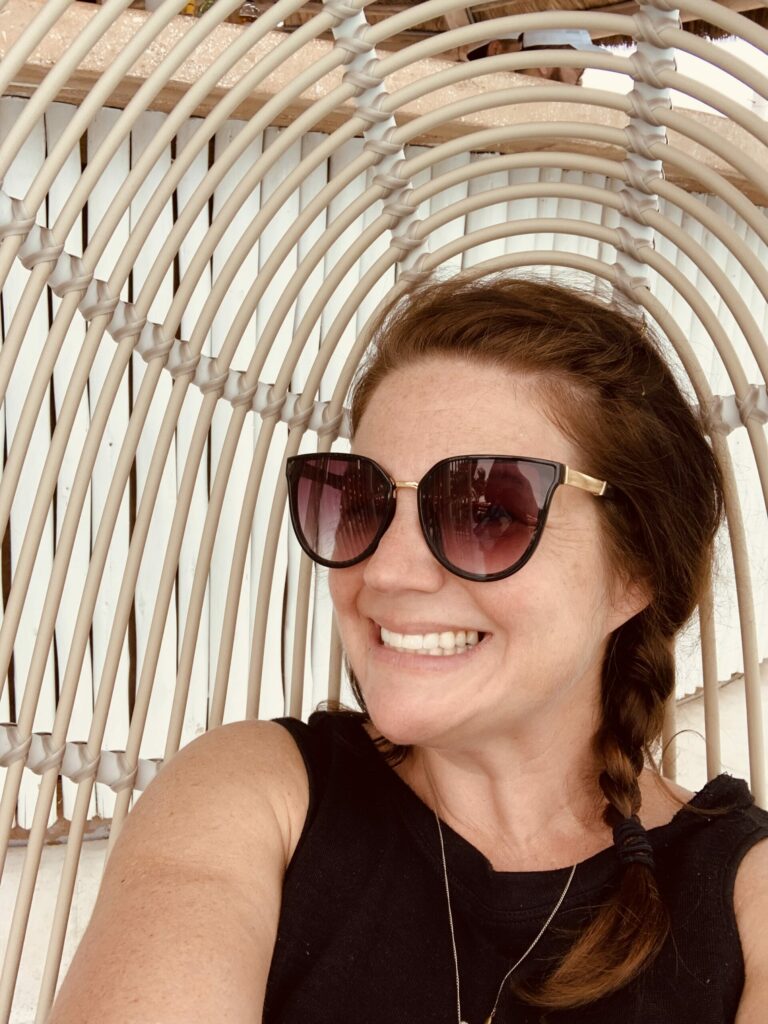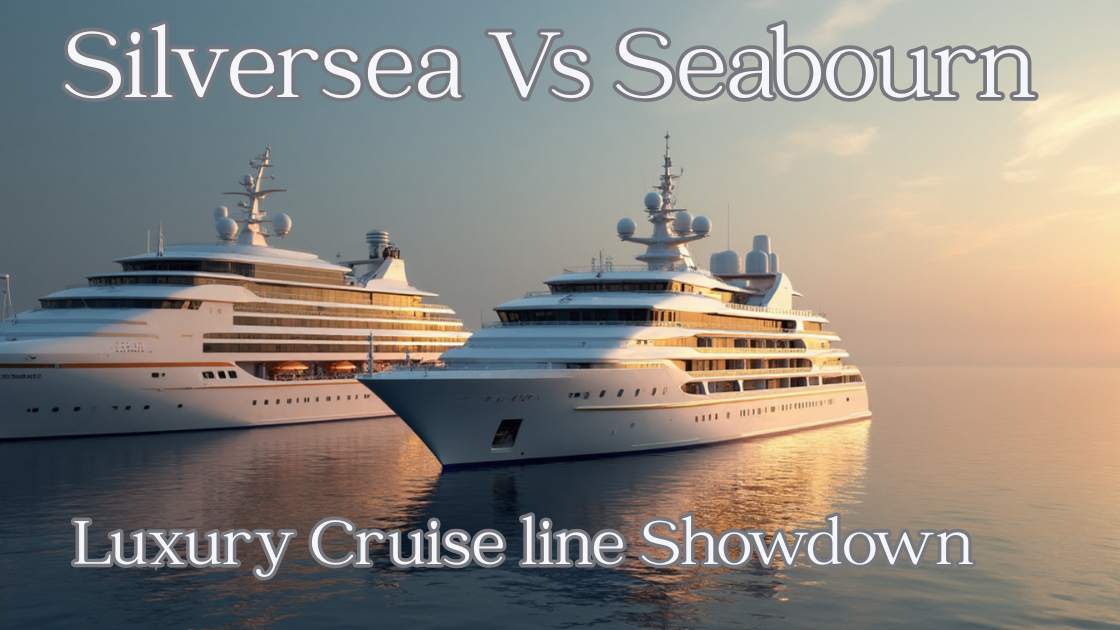From the craggy peaks of the Blue Mountains to the lush tropics of Queensland, the parched interior known as the Outback and the coral treasure land of the Great Barrier Reef, Australia has something unusual and something special to offer visitors—even those traveling by tour bus.
The most frequently visited places in Australia's vast "red centre" have been tamed and put on a tour, but the Outback hasn't lost its frontier allure. Watching the sunset at Uluru (formerly known as Ayers Rock) has become something of a circus with the hordes of tour buses, camper vans and motorcycles that crowd the parking lot, but watching the scalloped monolith (the world's largest rock) go from reddish-brown to a haunting burnt-orange against the desert sky is still a magical—some say spiritual—experience.
The same can be said for much of the rest of this country that's also a continent. Sydney may have joined the ranks of the world's top cities, but its architecture, stunning harbor, and electric, manic personality keep it singular: You won't mistake it for anywhere else.
Geography
With approximately 3 million sq mi/7.7 million sq km, Australia is the world's largest island. It is the only country that is also a continent.
Although most of it is barren desert where little rain falls, Australia has a wide range of environments, including tropical rain forests in its northern regions, temperate forests along the east coast and even a few snowy mountains. These are part of the Great Dividing Range, which extends over the alpine lands between the states of Victoria and New South Wales (NSW) and runs north to south across almost the entire length of the eastern side of the continent, separating the coastal plains from the drier inland areas.
Off the northeast coast is the world's largest coral reef—the Great Barrier Reef (1,200 mi/2,000 km long). While the state of Western Australia occupies the entire western third of the country, much of it desert. There are several other substantial islands around the main with Tasmania being the best known and a state.
Australia is divided into both states and territories (capital cities for each are in parentheses): Australian Capital Territory (Canberra—also the capital city of Australia), New South Wales (Sydney), Northern Territory (Darwin), Queensland (Brisbane), South Australia (Adelaide), Tasmania (Hobart), Victoria (Melbourne) and Western Australia (Perth).
History
Early European explorers had been curious about the possible existence of Australia long before they actually found it. During the first 250 years of Pacific exploration by Europeans, a large blank space in the corner of navigators' maps was marked Terra Australis Incognita, meaning Unknown Southern Land.
In 1770, Captain James Cook reached the southeast coast (the Dutch visited Western Australia in the 17th century). He claimed the land for England, named it New South Wales and sailed 2,500 mi/4,000 km along its shores, charting the coast and the barrier reef in the tropical waters off Queensland.
The "new" land wasn't empty, however. Cook encountered a dark-skinned race of nomadic hunters and gatherers. The distant ancestors of these people had begun their migration into the land as many as 75,000 years earlier, passing across land bridges and shallow seas connecting Ice Age Asia to present-day Indonesia, Papua New Guinea and Australia. Known as Aborigines, their culture and history were mostly ignored by the early European settlers, but they are now an important part of Australia's modern culture.
England didn't do much with New South Wales until 1787, when the First Fleet was dispatched, transporting convicts from overflowing British prisons to Botany Bay. The fleet anchored there in January 1788 and then headed a few miles/kilometers north to Port Jackson, within a pistol shot of Sydney Cove.
More prisoners were transported and other convict colonies founded. Free settlers soon followed. Slowly, the land was explored and tamed, in a pattern similar to the opening of the West in the U.S.—settlers in wagons followed pathfinders to make homes in wild country; pioneers and the Aborigines often engaged in bloody conflict; great cattle stations (similar to ranches) were founded.
Gold was discovered in 1851, first near Bathurst in New South Wales but subsequently in many other parts of the country, and fortunes were made and lost in boomtowns. Then railroads were built along old wagon routes, and paddle wheelers were launched for transport.
This experience, set in a land that for 100 years remained at the ends of the world's transportation and communication lines, bred a special frontier spirit and independent attitude. It persists today in most Aussies who would "never let a mate down." This spirit of "mateship" became legendary in World War I when Australian troops who had been called on to help fight in Europe experienced major losses in 1915 on the Gallipoli peninsula in Turkey.
When World War II broke out, Australian troops fought alongside the Allied forces in Europe; after the Japanese bombed Pearl Harbor, the country shifted its forces homeward. The Australian towns of Darwin and Broome were subsequently bombed before the Japanese were defeated in the Battle of the Coral Sea.
After World War II, millions of immigrants, especially from continental Europe and the U.K., arrived on Australia's shores. In 1974, the government abolished its controversial "white Australia" policy, and thousands more migrants arrived from Asia. Today, Australia is one of the most diverse, multicultural societies in the world.
Snapshot
Some of Australia's main attractions include the Great Barrier Reef, Aboriginal culture and art, Uluru, kangaroos, Tasmania, koalas, the Queensland rain forest, Sydney, beaches, white-water rafting, diving and the Outback.
Almost everyone will love Australia. The only people who should avoid it are those who are made uncomfortable by unrelenting informality.
Potpourri
Australia's vineyards produce wine that rivals the best produced in France, but you won't find any champagne there. Because of an agreement with the European Community, Australian-produced bubbly is known as sparkling wine. Prosecco, produced mostly by families with Italian heritage living in Victoria's King Valley, are facing similar concerns with the sparkling wine they produce.
The Australian native macadamia nut is so hard to crack that it was not grown commercially until a machine was invented to open the shell. Identified by Europeans in 1857, it was named after John Macadam, then secretary of the Philosophical Society of Victoria. Australians were slower than Hawaiians in realizing the nut's commercial value, and many global consumers may not know it as an Australian nut.
The oldest rock art in the world was found in the remote tropics of northwestern Australia. Stone engravings said to be more than 60,000 years old—at least twice as old as ancient cave paintings in Europe—were discovered on a sandstone monolith in the Northern Territory, near the town of Kununurra.
Camels in the northwest coastal town of Broome are required to wear taillights. Local camel-ride operators have outfitted the rears of their animals with battery-operated bicycle lights to alert motorists, who also use the beaches that the camel-ride operators use.
Camels were introduced to Australia to help carry goods into the Outback. Cameleers from various countries, including Afghanistan, accompanied the camels and the famous train, the Ghan, which runs from Darwin to Adelaide, is named after them. Many camels have gone wild or feral and are a problem in parts of the Outback. Camel meat is served in some restaurants.
Kangaroos may be the national symbol, but they're also a source of protein. Kangaroo meat is an A$42 million-a-year industry in Australia, and hunters are licensed to kill more than 5 million kangaroos annually. Emu, the world's second largest flightless bird, is also served in some restaurants. Australia is probably the only country in the world where the two animals on its coat of arms, are eaten.
Australians are prolific nicknamers. Aussies (pronounced ozzies) call mosquitoes mozzies, surfers surfies, swimming costumes cossies and barbecues barbies. Even the toughest leather-clad, two-wheeled road hog will refer to himself as a bikie. That's just the start of it but if you are unsure of any term, ask and it is usually explained.
Park officials at Uluru (Ayers Rock) support and encourage the Aboriginal belief that stone fragments taken from the site are cursed. Officials hope that this will help stop visitors from pilfering rock fragments to take home as souvenirs. So far, nearly 900 lbs/400 kg of the "conscience rocks" have been returned to park officials, many accompanied by notes describing the bad luck they caused.












































